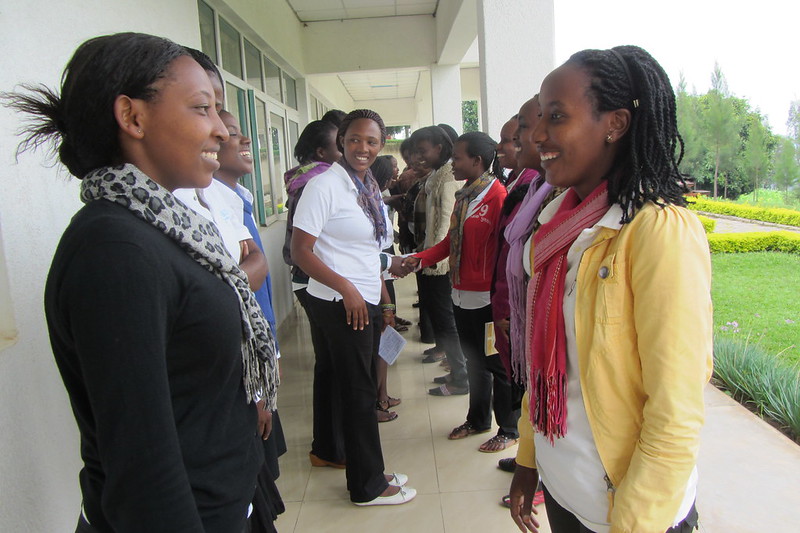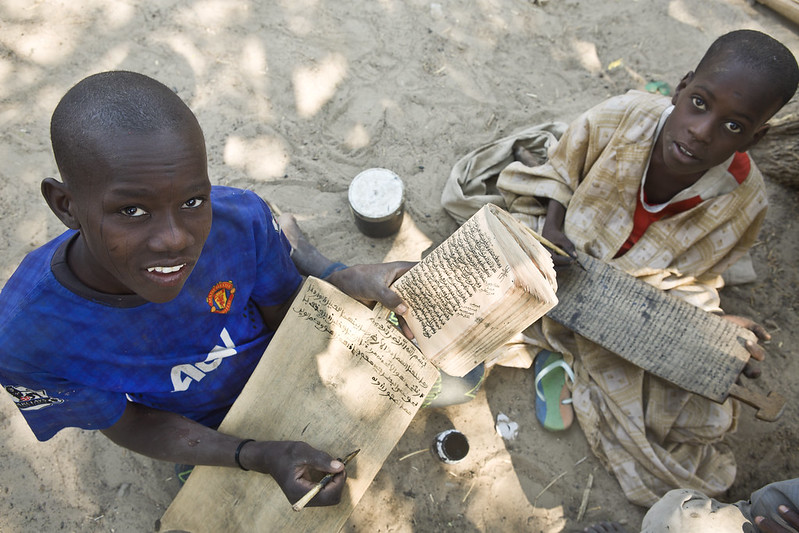 Ernest Azudialu Obiejesi established the Obijackson Foundation in 2010 “to improve the socio-economic wellbeing of the poor in the community through access to education, health care and good nutrition.” These challenges prevent people from getting food, education and medical care, making it difficult to lead healthy and fulfilled lives. With high unemployment rates, poor infrastructure and limited services, many Nigerians are stuck in a cycle of poverty.
Ernest Azudialu Obiejesi established the Obijackson Foundation in 2010 “to improve the socio-economic wellbeing of the poor in the community through access to education, health care and good nutrition.” These challenges prevent people from getting food, education and medical care, making it difficult to lead healthy and fulfilled lives. With high unemployment rates, poor infrastructure and limited services, many Nigerians are stuck in a cycle of poverty.
Key Areas
To help break this cycle of poverty in Nigeria, the Obijackson Foundation aims to bring the poor and marginalized back into the community by focusing on five main areas: education, health care, nutrition, enterprise and welfare. It strives to help Nigerian people build better futures for themselves not only by solving short-term problems but also by addressing the deeper causes of poverty, leading to more resilient communities over time.
The Foundation uses a holistic community-driven approach that looks at both the causes and the effects of poverty, understanding that real change must address both. Pamela Egbo, the Executive Director of the Foundation, stated, “We have a robust team of people who oversee our different areas of intervention and impact. In all our programs, we are very hands-on and involved on a personal level with our beneficiaries.” By filling important gaps in services and creating more opportunities, the Foundation helps build a more equitable society. The Foundation’s work has made a huge difference in many people’s lives by focusing on creating a long-lasting, positive path to end poverty in Nigeria for the next generation of Nigerians can live a better future.
Education
The Obijackson Foundation strongly believes that education is a basic human right and key to reducing poverty, and Egbo states that the Foundation is “very intentional in making sure that the citizens of Okija get the opportunity to access quality basic education.” Although global progress has been made in school enrollment, there remain barriers such as distance to schools, poor infrastructure, lack of materials and shortage of teachers.
The Foundation provides sponsorship for 40 children annually into the Gonzaga Jesuit Academy. Egbo stated: “This is one of our biggest accomplishments to date.” Egbo also adds that “many of these children cannot read or write fluently or speak English when they start, and it is amazing to see tremendous progress.” It also provided 200 scholarships so far and hopes to award 500 more by the end of 2025. It distributes textbooks and laptops and organizes seminars and workshops for teachers. The foundation also supports Yearly Computer-Based Testing (CBT) for training, quizzes and essay contests. with scholarships awarded to winners.
Health and Nutrition
The Foundation focuses on making affordable, quality health care available, especially for women and children. In partnership with the Obijackson Women and Children’s Hospital, it provides:
- Maternal and pediatric care: The hospital’s maternal and neonatal intensive care units offer advanced care for preterm and growth-restricted newborns.
- Health insurance: Over 100 people enrolled in free healthcare insurance.
- Eye health: Over 200 free eye screenings and 18 eye surgeries (cataract and glaucoma).
- Health and hygiene education: HIV/AIDS, breast cancer, and hepatitis B awareness, the “One Girl, One Pad” program to educate female students on menstrual health with sanitary pad donations to 1,300 girls.
The Obijackson Foundation’s nutrition programs include:
- Pantry & Nutrition Program: Provides raw food items to widows, physically challenged and people with low-income, with distribution of dry food and provisions through 23 centers.
- Soup Kitchens: Serves hot meals to over 6,000 people each month, including inmates in Anambra and Lagos during festive seasons.
- Other Support Programs: Distributes food and personal items for beneficiaries such as the Oji River Special School for the blind, deaf and mute in Enugu, RECDOT, Jesus Abandoned Home, St. Joseph Home and Ebute Metta Leper’s Colony.
Job Creation
Despite challenges like rising feed costs, economic instability and unfavorable policies, the Foundation remains focuses on job creation and transforming agriculture and nutrition through programs such as Obijackson farm, which creates jobs for unemployed youth in Okija, with crop growing and livestock farming to meet the rising demand for animal products. It operates with 4,000 laying birds, producing about 30,000 crates of eggs annually and with 1,000 broilers quarterly. The piggery unit has grown to 385 pigs, with the ability to sell over 250 pigs yearly.
The Obijackson Foundation is more than just a charity, it is helping to create lasting change in society by tackling poverty in Nigeria. The Foundation’s work is crucial for future development in a country where poverty and inequality are still major problems. As it continues to grow and reach more communities, the Foundation stays true to its core mission and supports those in need and help build an equitable, healthier and more educated society for a better future.
– Rafe Photopoulos
Rafe is based in Gainesville, FL, USA and focuses on Good News for The Borgen Project.
Photo: Flickr
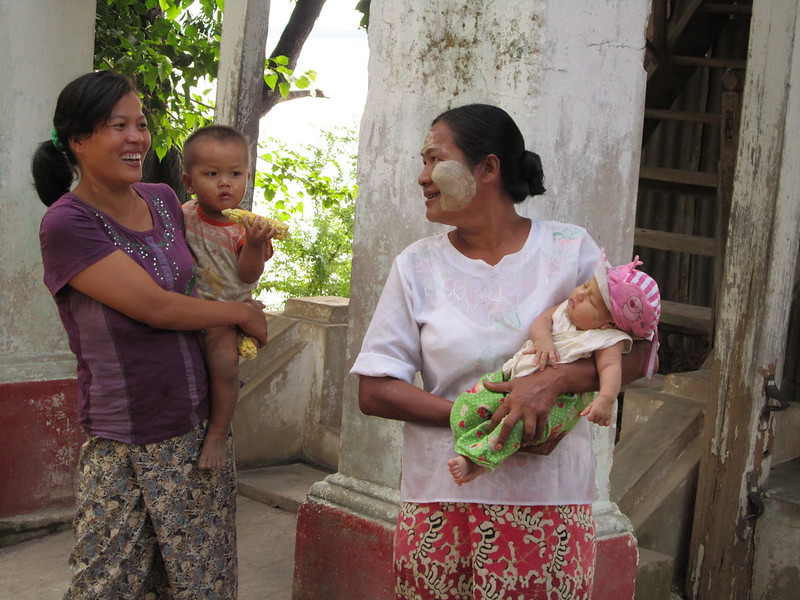 Since gaining
Since gaining 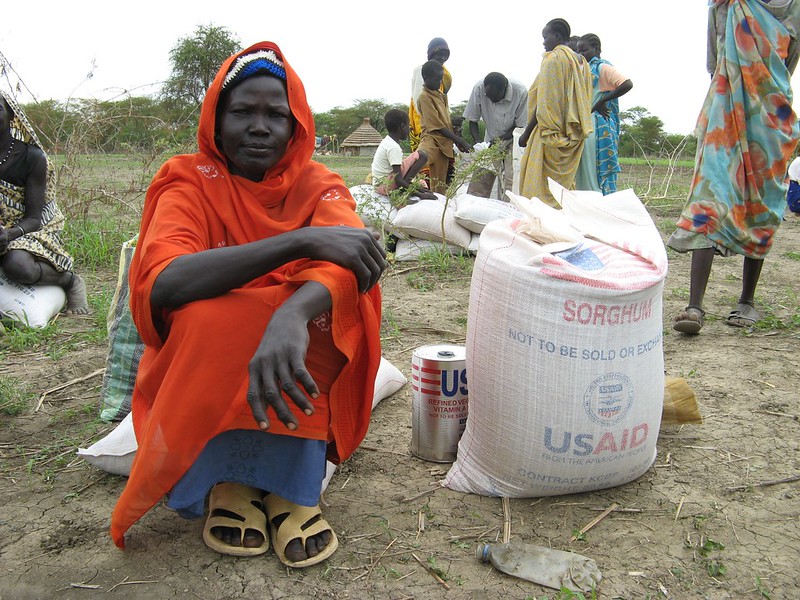 Since January 2025,
Since January 2025, 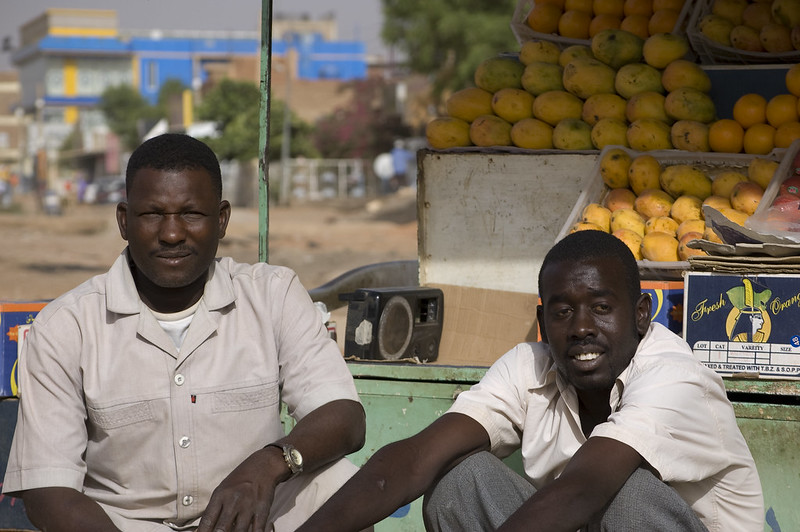

 The Sustainable Agriculture Foundation provides agricultural support to smallholder farmers in developing nations to mitigate
The Sustainable Agriculture Foundation provides agricultural support to smallholder farmers in developing nations to mitigate 
 Grassroots mutual aid networks in Sudan have emerged as a vital lifeline for communities suffering from
Grassroots mutual aid networks in Sudan have emerged as a vital lifeline for communities suffering from 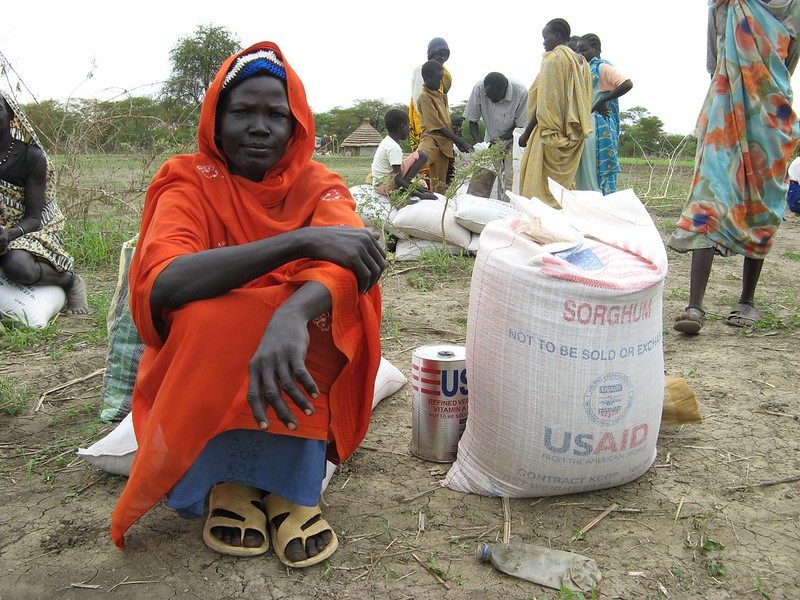 As the Trump administration continues to shut down various foreign aid programs, the reverberations have been felt around the world.
As the Trump administration continues to shut down various foreign aid programs, the reverberations have been felt around the world. 